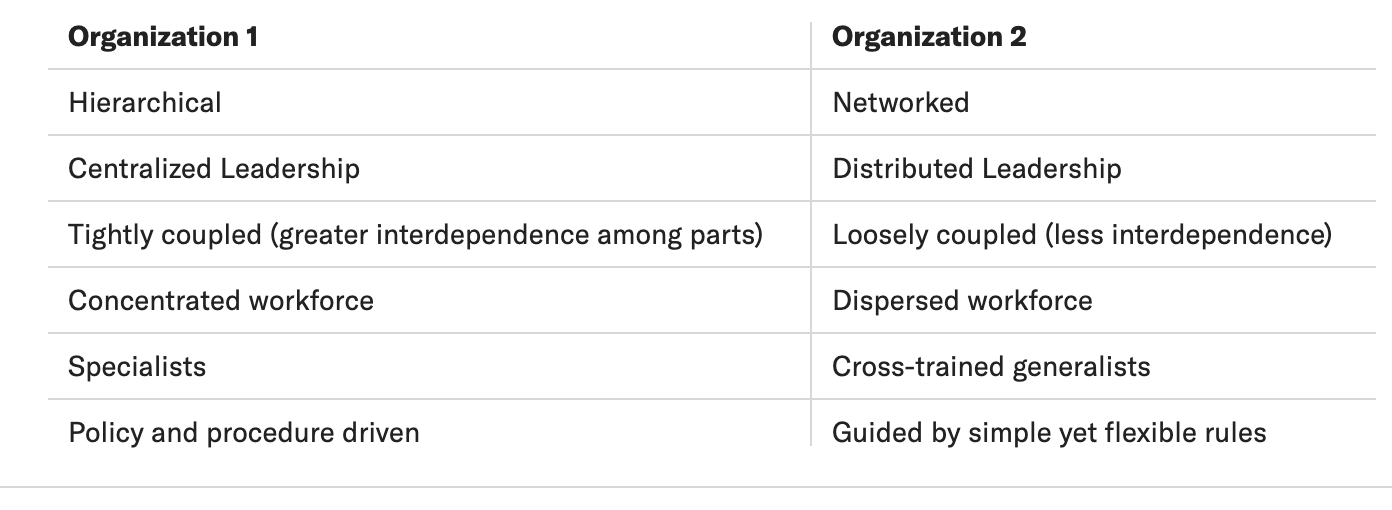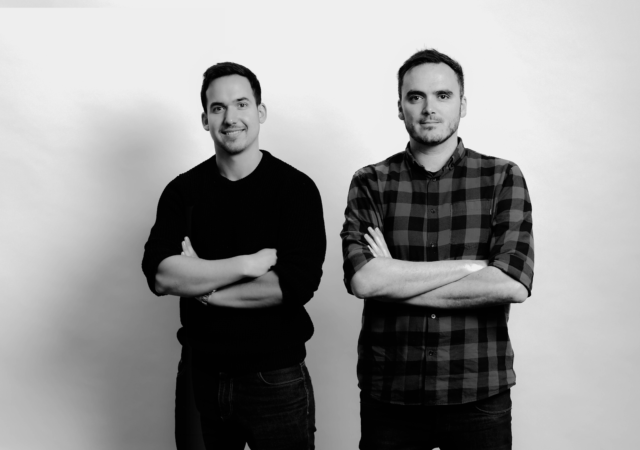With every crisis, there is an opportunity to come back stronger.
Rapid economic redevelopment of Germany after World War 2 (known as the “German Economic Miracle”) is partially due to this type of forced adaptation from a crisis.
To put this principle more poetically, Leonard Cohen said “ there is a crack in everything, that is how the light gets in.”
So what light do we take with us from the crack that is Covid? What lessons have businesses learnt that we should carry into the post-lock down era?
A summary
Times of significant challenge increase the collection rate of information value (IV) – or the amount of feedback data you get from a system.
There are so many lesson this list could have been 20 long.
I have distilled three practical learnings businesses can take into the post-lock down era.
- Decentralise your organisational structure – teams of multidisciplinary generalists with the authority to make decisions best suit a post lock-down era
- Good leadership is balancing direction with autonomy – versatility in leadership style is a competitive advantage
- It’s time to revitalise emotive connections in your marketing – could this make a rebalancing from bottom of the funnel conversion marketing towards holistic brand building?
Decentralised Organisational Strategy
In March, every business able to operate remotely picked up shop and moved wholesale to a home working environment.
Organisations globally scrambled to ensure they have the infrastructure and technology set-up to enable teams to continue to collaborate.
No two organisations handled this in the same way.
Central coordination in the form of interactions in a physical office was removed overnight. This lack of a physical centre left organisations who are reliant on traditional hierarchical lines of command based on centralised decision makers powerless. They are too slow to cope with the rapidly evolving landscape.
It became clear that an organisation that operates with a decentralised leadership model, where direction is given centrally but decisions are made on the ground, is better equipped to thrive in this ever-changing, remote environment.
Of the two organisations below, which do you think would fare best?

Remote working favours highly networked, non-hierarchical teams of generalists who are empowered to make decisions on the ground.
In a post-lock down era, this lesson remains just as pertinent.
Good leadership means balancing clear direction with autonomy
There are three clear factors that determined the economic winners and losers of the pandemic.
- The verticals, markets and products you are exposed to
- Your financial position
- Your attitudes and culture. In short, leadership
Your market and financial strength at the moment the pandemic hit are largely outside of your control.
What is within our control is how we respond as leaders
The 25% contraction in the economy means it is quite likely you have had to furlough people or make them redundant.
This is inevitable, but many businesses are getting it wrong. For example, companies laying people off with pre recorded messages or last minute letters making people jobless and homeless. Organisations are remember for how they treat their people.
A common difference between many employees’ experience of Covid is how much information they are given and how transparent their leaders are.
Research strongly indicates that a greater sense of control and autonomy leads to more productivity. See this article.
There is nothing that will make your team feel more helpless than not giving them the full picture.
The greater context you can provide, the better they can make decisions ( decentralised decision making) and the more in control (autonomy) they will feel.
At the same time, times of crisis and change require direction from the leader. It is not the time for lengthy consultative processes.
The lesson from Covid for leaders is balancing the dichotomy between giving teams autonomy and the need for clear direction.
In times of uncertainty, leaders who can flex their style between directing and consensus building are most likely to thrive.
Both styles are underpinned by a communication style typified be honesty, transparency, and the willingness to confront tough problems head on.
Empathy and emotive connection in your marketing
Every article on marketing agrees that your tone should be empathetic and supportive.
Why is it only now that we are learning that helping your customers may be an effective strategy?
It has long been known that creating an emotive connection with your audience means they will remember you, increasing brand salience.
Yet for many years now, the trend has been to try to squeeze diminishing returns from bottle of the funnel, conversion based approaches.
Are we ready now to invest in more emotive, memorable brand building campaigns?
Messaging that addresses need for connection
We have learnt from Covid that the risk of being tone deaf is real. We have learnt that heavy product based marketing is insensitive and ineffectual.
Furthermore, we have learnt that we should focus on addressing the basic psychological needs of your audience – and now that is around safety and the sense of community.

Successful marketers have been agile at adapting messaging to meet our evolving needs.
In general, this means:
- Be helpful as needs evolve
Provide credible, current information
Find new value propositions
Help customers with cancellations, refunds, and good customer service
2. Forge new communities
Help create connections amongst customers
Create and share user-generated content
3. Adjusting for a 24/7 cycle
People are online at different times
4. Go big on promoting heroes
Celebrate your employees who are keeping the lights on
Shine a light on community helpers
5. Embrace novelty to combat boredom
Find ways of providing entertainment
Pivot to new formats and platforms
Digital-first
Brands that rely heavily on exhibitions, face to face, and trade shows have had to abruptly rethink their channel strategy.
We have been forced to pivot online.
Meanwhile, Internet usage has increased by more than 70%. Your audience is waiting for you and want thoughtful, engaging, and entertaining content.
In UK we are watching 6.5 times more video content than pre-Covid. But with the level of saturation online, it is now an attention economy.
Only those brands who create attention grabbing content will cut through the noise.
To thrive, businesses need to adopt a digital-first philosophy. Instead of retrofitting campaigns to online, the default medium is now digital.
Summary
In times of crisis we learn that as humans we are infinitely adaptable. Within months, we have adapted to fundamental changes in work, life, and how we interact.
When we exercise, micro-tears in muscles result in adaptations that make us stronger.
This form of stress is healthy as the body develops a memory of the excretion that is asked of it.
This is a form of acute stress. We can use it as an opportunity to get stronger, but we have to remember the lessons that this time has given us.
Flexible leadership styles, decentralised decision making, and emotive connections with audiences are one of the many lessons this time has given us.







